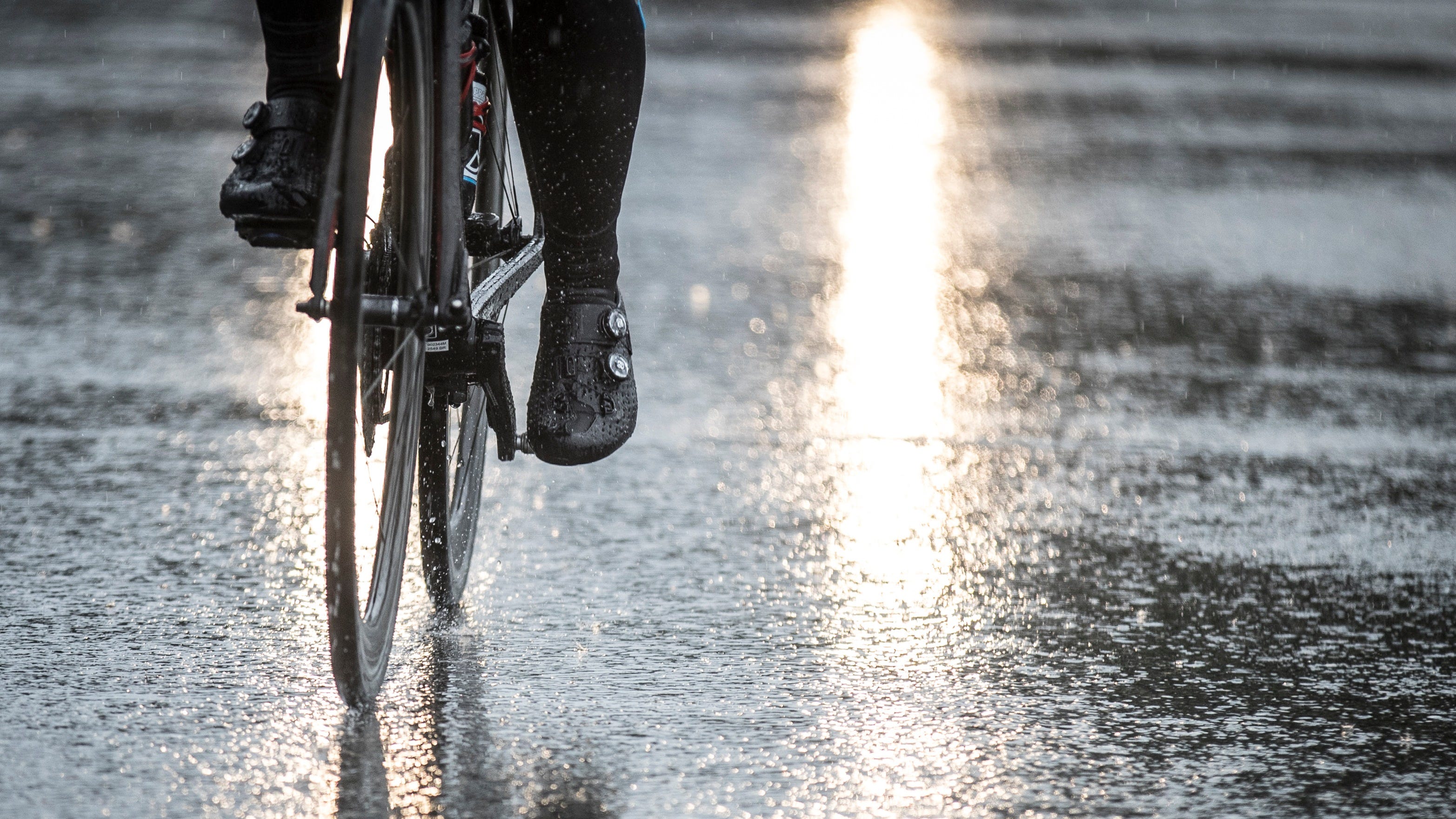How to look after your bike during winter
Looking after your bike is even more important in winter when the elements can take their toll. Here are a few areas to check regularly if you want to keep riding outside through the bad weather.

Tyres
We hate to bang on about it, but there is only one part of your bike that makes contact with the ground and that’s the tyres. That means that the only thing stopping the rest of you from hitting the ground is a couple of centimetres (or inches, if you’re off-road) of rubber, so it’s best to make sure they’re good.
It’s easy to fall into the trap of thinking that quality tyres for the winter are a false economy, but especially for road riders winter is just the time when you want to be sure about how your bike will react when you start to lean.
The game with winter tyres, though, is finding something that strikes that balance between being grippy enough to keep you upright but not so fragile that you’ll spend half your ride fixing punctures. Continental’s GP Four Season is a really good example and uses the Max Grip Silica compound that’s designed to stay supple at low temperatures as well as featuring a double Vectran Breaker belt for improved puncture and cut protection.
Bearings
Riding in bad weather, especially the rainy sort, isn’t just tough on the body, it’s tough on the bike too and bearings tend to take the brunt of the abuse. Headsets – especially on a road bike with mudguards – can get away pretty lightly in winter, but bottom brackets and wheel bearings should be checked regularly and looked after as much as possible.
Most manufacturers have a guide on how to service their bearings, for example you can check out Wheels Manufacturing’s guides here, and it’s well worth giving them the once-over periodically to avoid having to replace them more frequently than you might like.
Oh, and the other way to keep your bearings smooth is avoiding the jet wash at all costs. You know how it rains really hard sometimes? Well imagine that multiplied significantly and aimed right at the most sensitive parts of a bike. Jet washing will force water through the seals on your bearings more efficiently than pretty much anything and ruin them very quickly.
Chain
Another part of the bike that takes a beating in winter is the chain. That’s because in winter the chain collects all sorts of rubbish off the surface of the road and that stuff – along with salt when the roads have been gritted – greatly increases chain wear.
The first tip is to make sure that your chain is always well lubricated. That’s true in any weather, but more so in winter when it’s easier for the lube to wash off in bad weather. Use a quality wet lube like Finish Line’s appropriately named Wet Lube and that’s the first stage towards keeping your chain healthy.
Second is even simpler – just wipe the thing after every ride. Your chain picking up dirt during a ride is an inevitability, but leaving it on there so it starts the next ride in the same shape is something that doesn’t need to happen.
The other bad thing about a worn chain is that it’ll shorten the life of your cassette and chainrings too, so keeping it going as long as possible is doing yourself a financial favour in the long run.


Disc brakes
This one isn’t a problem for mountain bikers who bought into the disc brake phenomenon long ago, but for roadies disc brakes do one very valuable thing: they save your wheels.
Yep, every time you brake on a rim brake wheel you’re wearing away that brake track and if you’re running carbon rims you can practically see the pounds shaving off them with every squeeze of the lever. But with disc brakes you’re only wearing away the rotor, not the rim, and even on the cheapest wheels buying a new rotor is still cheaper than paying for another wheel. It also means you can run your fancy carbon wheels all winter should for some reason you wish to do so.
Plus if you don’t already own a disc brake road/grave/’cross bike, this is a great way to convince your other half that by buying another bike you’ll actually save money in the long term. You’re welcome.
Seatpost
This one might not make sense at first, but hear us out. One of the most frustrating things that can happen is getting your seatpost seized into a frame. This is more common with metal frames, and happens because the post isn’t removed frequently and corrosion causes the post to get stuck. And by stuck we mean that even if you’re a powerlifting champion you’re likely to damage the frame before you can get the thing to shift even a little.
There are various remedies to a stuck seatpost, but the best one is not letting it happen in the first place. So periodically, during winter, remove the seapost, let the frame dry out and reinstall the post using carbon paste (if the frame or post are carbon, of course).
